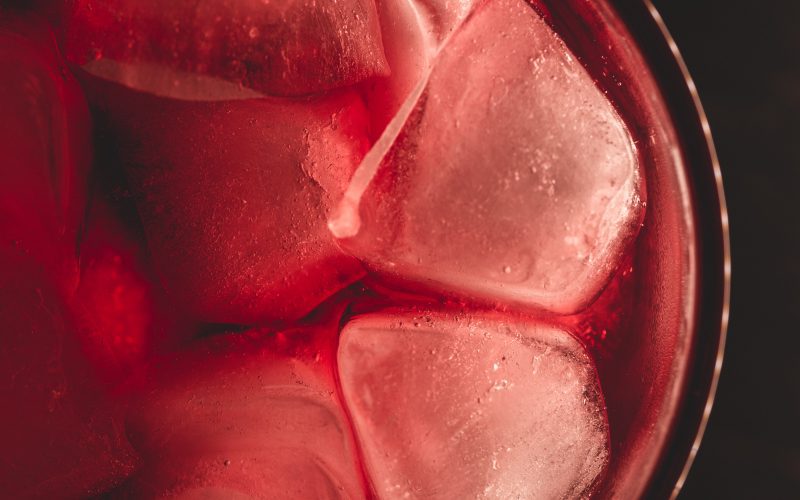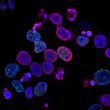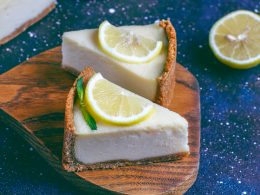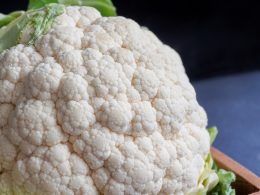Ice is a ubiquitous substance that we encounter in our daily lives, from the ice cubes in our drinks to the ice on our sidewalks. But not all ice is created equal. Some ice is cloudy and opaque, while other ice is crystal clear and transparent. The pursuit of perfectly transparent ice has become a science in its own right, with bartenders, chefs, and ice enthusiasts all seeking to create the clearest ice possible. In this article, we’ll explore the science behind clarity in ice and the techniques used to achieve it.
The Science of Clarity
The cloudiness in ice is caused by impurities and air bubbles that become trapped as the water freezes. These impurities can include minerals, gases, and other particles that are present in the water. When the water freezes, these impurities are trapped in the ice, creating a cloudy appearance.
The key to creating clear ice is to eliminate these impurities and bubbles. This can be achieved through a process called directional freezing. Directional freezing involves freezing the water slowly and from one direction, which allows the impurities and bubbles to be pushed to the bottom of the ice block. The result is a clear layer of ice on top and a cloudy layer on the bottom.
Another factor that affects the clarity of ice is the temperature at which it freezes. The slower the water freezes, the clearer the ice will be. This is because slower freezing allows the water molecules to align themselves in a more uniform way, which reduces the formation of air pockets and impurities.
Techniques for Creating Clear Ice
There are several techniques that can be used to create clear ice, each with its own advantages and disadvantages.
1. Boiling Water
One of the simplest methods for creating clear ice is to boil the water before freezing it. Boiling the water removes impurities and gases, which can result in clearer ice. However, this method can be time-consuming and may not be practical for large quantities of ice.
2. Directional Freezing
As mentioned earlier, directional freezing involves freezing the water slowly and from one direction. This method can be achieved by using an insulated container or by freezing the water in layers. The result is a clear layer of ice on top and a cloudy layer on the bottom.
3. Distilled Water
Using distilled water is another method for creating clear ice. Distilled water has had all impurities and minerals removed, which can result in clearer ice. However, this method can be expensive and may not be practical for large quantities of ice.
4. Ice Molds
Ice molds are another option for creating clear ice. These molds are designed to freeze the water slowly and from one direction, which can result in clearer ice. However, this method can be time-consuming and may not be practical for large quantities of ice.
The Pursuit of Perfectly Transparent Ice
The pursuit of perfectly transparent ice has become a passion for many bartenders, chefs, and ice enthusiasts. Clear ice not only looks more visually appealing, but it also melts more slowly and evenly, which can improve the taste and quality of drinks and dishes.
In the world of cocktails, clear ice has become a hallmark of high-end bars and mixology. Bartenders use clear ice to create visually stunning drinks that showcase the colors and flavors of the ingredients. Clear ice also allows the drink to be seen from all angles, which can enhance the overall drinking experience.
In the culinary world, clear ice has become a popular ingredient for dishes such as sushi and ceviche. Clear ice can be used to create a stunning presentation and can also help to keep the dish cold without diluting the flavors.
Conclusion
The pursuit of perfectly transparent ice has become a science in its own right, with bartenders, chefs, and ice enthusiasts all seeking to create the clearest ice possible. The science behind clarity in ice involves eliminating impurities and bubbles through directional freezing and slow freezing. There are several techniques that can be used to create clear ice, including boiling water, directional freezing, using distilled water, and using ice molds. While the pursuit of perfectly transparent ice may seem like a small detail, it can have a big impact on the overall quality and experience of drinks and dishes.











